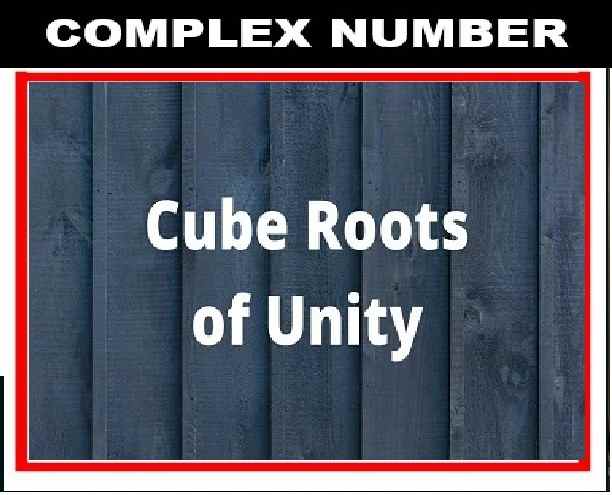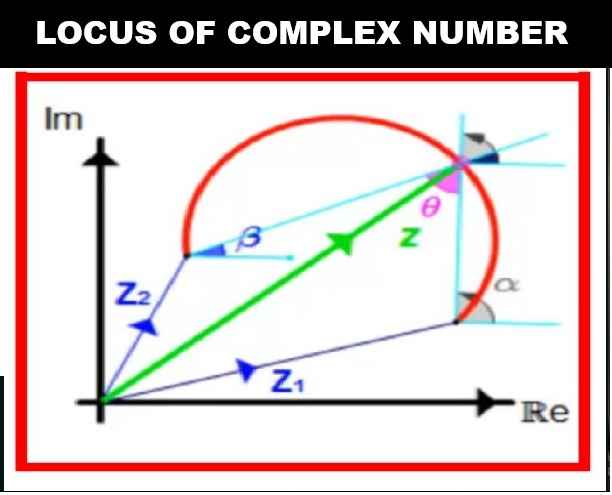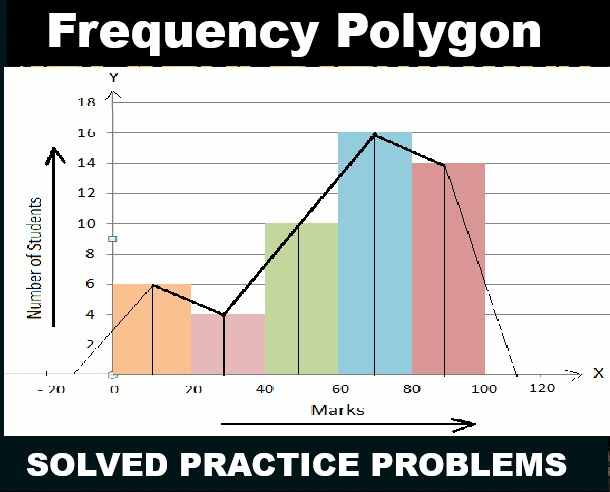Language of Chemistry Goyal Brother Solutions ICSE Class-9 Ch-1. We Provide Solutions of Exercise-1 Language of Chemistry Goyal Brother Prakashan ICSE Class-9 Ch-1. We provide all type exercise question such as definition , chemical formula , Balance Reaction , Visit official Website CISCE for detail information about ICSE Board Class-9.
The Language of Chemistry Goyal Brother Solutions ICSE Class-9 Ch-1
| Board | ICSE |
| Publications | Goyal Brother Prakashan |
| Subject | Chemistry |
| Class | 9th |
| Writer | Dr. S.K. Aggarwal |
| Chapter-1 | Language of Chemistry |
| Topics | Solutions of Textbook Chapter wise |
| Edition | for 2022-2023 Academic Session |
Ch-1 The Language of Chemistry Goyal Brother Prakashan ICSE Class-9 Chemistry Solutions
(Page-26-28)
Questions 1.
(a) What is a symbol?
Ans: A chemical symbol is a notation of one or two letters representing a chemical element. The exceptions to the one- to two-letter symbol are the temporary element symbols assigned to designate new or to-be-synthesized elements.
(b) What qualitative and quantitative information is conveyed by a symbol?
Ans: qualitative information conveyed by a symbol is the identification of the element. Quantitative information: Each element in the periodic table is associated with a mass number and the atomic number which is the most important quantitative information conveyed by a symbol.
Questions 2.
(a) What do you understand by the term chemical formula
Ans: Chemical formula are used to describe the types of atoms & their numbers in an element on compound. The atoms of each element are represented by one or two different letters. A set of chemical symbols showing the elements present in a compound & their relative proportions.
(b) What qualitative information is given by the formula NH3?
Ans: NH3 stands for ammonia which is a base.. It has 3 atoms of hydrogen and 1 atom of nitrogen.
Questions 3. What do you understand by the term valency?
Answer : Valency is defined as combining power of an element with other atom to form chemical bond. Valency refers to electron in outer shell of an atom. Example, Na(2,8,1) Valency of Na is 1.
Questions 4.
(a) What do you understand by the term variable valency
Ans: Some elements possess more than one valence. Such elements are said to possess variable valency. For example, iron has two electrons in its outermost shell (valence shell). On donating these electrons, its valency becomes 2.
(b) How are the elements having variable valency named?
Ans: If an element exhibits two different positive valencies, then the suffix “ous” is used to indicate lower valency, and the suffix “ic” is used to indicate the higher valency. Example: Iron( ), for the lower valency, the suffix “ous” is added- Ferrous ( ). For the higher valency “-ic” is added- Ferric
Questions 5. State the valency and formula of the following radicals or Ions:
(a) Ammonium:
(b) Calcium:
(c) Ferric
(d) Zincate
(e) Oxide
(f) Nitride
(g) Hydroxide
(h) Cupric
(i) Stannic
(j) Barium
Answer : refer to page number 11
Questions 6. Write the formula of the following salts :
(a) Zinc carbonate: ZnCO3
(b) Ammonium sulphate: (NH₄)₂SO₄
(c) Lead hydroxide: Pb(OH)2
(e) Sodium nitrate: NaNO3
(d) Barium chloride: BaCl2
(f) Potassium dichromate: K2Cr2O7
(g) Potassium zincate: K2ZnO2
(h) Calcium bicarbonate: Ca(HCO₃)₂
(i) Magnesium nitride: Mg₃N₂
(j) Silver chloride: AgCl
Questions 7. Write the names of the following compounds :
(a) Al2(SO4)3 Aluminum sulfate
(b) Mg(HCO3)2 Magnesium bicarbonate
(c) (NH4)2S Ammonium Sulphide
(d) KMnO4 Potassium permanganate
(e) KCIO3 Potassium chlorate
(f) Na2PbO2 Sodium plumbite.
(g) KCI0 Potassium hypochlorite
(h) CuSO3 Copper(II) Sulfite
(i) Pb(NO3)2 Lead nitrate
Questions 8. Give the names of the following:
(a) KOH POTASSIUM HYDROXIDE
(b) HClO Hypochlorous acid
(c) HCI Hydrogen Chloride.
(d)H2SO4 Sulfuric acid
(e) NH4OH ammonium hydroxide
(f) HNO3 Nitric acid
(g) Ca(OH)2 Calcium hydroxide
(h) H2CO3 carbonic acid,
(i)H2SO3 Sulfurous acid
(j)HNO2 Nitrous acid
Questions 9.
(a) What do you understand by trivial names of a compound?
Ans: a trivial name is a nonsystematic name for a chemical substance. That is, the name is not recognized according to the rules of any formal system of chemical nomenclature such as IUPAC inorganic or IUPAC organic nomenclature. A trivial name is not a formal name and is usually a common name
(b) Give the chemical names of three compounds and also state their trivial names.
Ans: sodium sulphate – caustic soda, calcium chloride – de – icing salt. , calcium oxychloride – bleaching powder.
Questions 10.
(a) What do you understand by the term chemical equation?
Ans: Chemical equations are symbolic representations of chemical reactions in which the reactants and the products are expressed in terms of their respective chemical formulae
(b) Why should a chemical equation be always balanced?
Ans: Chemical reaction is just a rearrangement of atoms. It can neither create nor destroyed during the course of a chemical reaction. Chemical equations must be balanced to satisfy the law of conservation of matter, that states that matter cannot be produced or destroyed in a closed system.
Questions 11. Balance the following equations:
(a) ZnCO3 (s) + HCI (aq) –> ZnCl2 (aq) + H2O (l)+ CO2 (g)
(b) NH4C (s)+ Ca(OH)3 (s) –> CaCl2 (s) + NH3 (g)+ H2O (l)
(c) Cu (s) + H2SO4 (aq) CuSO4 (aq) + SO2 (g) + H2O (l)
Answer :
(a) ZnCO3 (s) + 2 HCl (aq) –>ZnCl2 (aq) +H2O (1) +CO2 (g)
(b) 2 NH4Cl (s) + Ca(OH)2 (s) → CaCl2 (s)+ 2NH3(g)+2H2O
(c) Cu (s)+ 2 H2SO4 (aq)–>CuSO4 (aq) +SO2 (g)+2 H2O(1)
Questions 12. Balance the following equations:
(a) Na (s) + H2O (l) –> NaOH (aq)+H2 (g)
(b) Na2O2 (s) + H2O (l) –> NaOH (aq) + O2 (g)
(c) NaNO3 (s) –> NaNO2 (s)+ O2 (g)
(d) Cu(NO3)2 (s) –> CuO (s)+ NO2 (s)+ O2 (s)
(e) Hg (NO3)2 (s) –> Hg (l)+ NO2 (g) + O2(g)
Answer :
(a) 2Na+2H2O→2NaOH+H2
(b) 2 Na2O2 + 2 H2O → 4 NaOH + O2
(c) 2NaNO3⇒2NaNO2+O2
(d) 2 Cu(NO3)2 → 2 CuO + 4 NO2 + O2
(e) Hg(NO3)2 → Hg + 2 NO2 + O2
Questions 13. Write the formula and balance the following equations:
(a) Zinc+ dil. Sulphuric acid –> Zinc sulphate +Hydrogen.
(b) Ammonium sulphate + Calcium hydroxide –>Calcium sulphate +Ammonia+ Water
(c) Lead dioxide Hydrochloric acid –>Lead chloride + Water Chlorine
(d) Aluminum oxide + Sulphuric acid –>Aluminum sulphate + Water
(e) Iron+ Conc. Sulphuric acid –> Iron (II) Sulphate+ Sulphur dioxide gas+ Water.
Answer :
(a) Zn+H2SO4(dil)→ZnSO4+2H2.
(b) (NH4)2SO4 + Ca(OH)2 = CaSO4 + NH3 + H2O
(c) PbO2 + 4HCl ⇒PbCl2 + 2H2O +CL2
(d) Al2O3 + 3 H2SO4 → Al2(SO4)3 + 3 H2O
(e) Fe+H2SO4→FeSO4+H2
Questions 14. What are the limitations of a chemical equation?
Answer : A chemical equation has its own limitations. They do not provide information about The physical state of reactants and products Hence, the symbols ‘s’ for solid, ‘l’ for liquid, ‘g’ for gas and ‘vap’ for vapour are added. Conditions such as temperature, pressure and catalyst affecting the reaction.
Questions 15. Balance the following equations:
(a) CaCO3 (s) + HCI (aq) –> CaCl2 (aq) + H2O (l) + CO2 (g)
(b) Zn (s)+ HCI (aq) –> ZnCl2 (ag) + H2 (g)
(c) MnO2(s) + HCI (aq) –> MnCI2 (aq)+ H20 (l)+ Cl2 (g)
(d) Na2CO3 (s) + H2SO4 (aq) –> Na2SO4 (aq)+ H2O (l)+CO2
(e) Mg3N2 (s) + H2O (l) –> MgOH)2 (s) + NH3 (g)
(f) NH3 (g) + O2 (g) –> N2 (g) + H2O (l)
(g) MgCl2 (aq)+ Na2CO3 (aq) –> MgCO3 (s) + NaCl (aq)
Answer :
(a) CaCO3 (s) + 2HCI (aq) –> CaCl2 (aq) + H2O (l) + CO2 (g)
(b) Zn (s)+ 2HCI (aq) –> ZnCl2 (ag) + H2 (g)
(c) MnO2(s) + 4HCI (aq) –> MnCI2 (aq)+ 2H20 (l)+ Cl2 (g)
(d)……………..
(e) Mg3N2 + 6H2O → 3Mg(OH)2 + 2NH3
(f) 4NH3 + 3O2 → 2N2 + 6H2O
(g) MgCl2 (aq)+ Na2CO3 (aq) –> MgCO3 (s) +2 NaCl
Questions 16. Write the formula and then balance the following equations:
(a) Ammonium chloride –> Ammonia + Hydrogen chloride.
NH4Cl → NH3 + HCl
(b) Red lead oxide –> Lead monoxide + Oxygen.
2Pb3O4 → 6PbO + O2.
(c) Sodium nitrate –> Sodium nitrite + Oxygen.
NaNO3 = NaNO2 + O2
(d) Calcium+ Water –> Calcium hydroxide + Hydrogen.
Ca + 2H2O → Ca(OH)2 + H2
(e) Zinc carbonate –> Zinc Oxide + Carbon dioxide.
ZnCO3⟶ ZnO + CO2
(f) Sodium nitrate + Sulphuric acid (conc.) –> Sodium sulphate + Nitric acid.
NaNO3 + Conc. H2SO4 → NaHSO4 + HNO3
(g) Calcium carbonate + Water + Carbon dioxide –> Calcium bicarbonate.
CaCO3 + CO2(g) + H2O(g) —–> Ca(HCO3)2
(h) Zine Oxide + Nitric acid –> Zinc nitrate + Water.
ZnO + HNO3 = Zn(NO3)2 + H2O
(i) Ferrous sulphate + Sodium hydroxide –> Ferrous hydroxide + Sodium sulphate.
NaOH + FeSO4 => Na2SO4 + Fe(OH)2
(j) Sodium + Water –> Sodium hydroxide + Hydrogen.
2Na(s) + 2H2O(l)→2NaOH(aq) + H2(g)
(k) Limewater + Carbon dioxide –> Calcium carbonate + Water
Ca(OH)2(aq) + CO2(g) → CaCO3(s) + H2O (l)
(l) Butane (C4H10) +Oxygen –> Carbon dioxide + Water
2C4H10 + 13O2 → 8CO2 + 10H2O
(m) Magnesium + Silver nitrate –> Magnesium nitrate + Silver.
Mg + 2AgNO₃ ⇒ Mg(NO₃)₂+ 2Ag.
(n) Iron sulphide + Hydrochloric acid –> Iron chloride + Hydrogen sulphide.
FeS + 2 HCl → FeCl2 + H2S.
(o) Chlorine + Sodium hydroxide –> Sodium chloride + Sodium chlorite+ Water
Cl2 + 2NaOH —–> NaCl + NaClO + H2O
(p) Ferric chloride + Ammonium hydroxide —–>Ferric hydroxide + Ammonium chloride.
FeCl3 (aq) + 3NH4OH (aq) –> Fe(OH)3 + 3NH4Cl (s)
(q) Zinc nitrate + Sodium carbonate –> Zinc carbonate + Sodium nitrate
Na2CO3 + Zn(NO3)2 = ZnCO3 + NaNO3
(r) Lead monoxide + Nitric acid –> Lead nitrate+ Water
PbO + 2HNO3 → Pb(NO3)2 + H2O
(s) Ammonia + Oxygen –> Nitric oxide (N0) + Water
4NH3 + 5O2 ⟶ 6H2O + 4NO2 + Heat
(t) Copper (II) sulphide + Oxygen –> Copper (II) oxide + Sulphur dioxide.
2CuS + 3O2 → 2CuO + 2SO2
Questions 17. XCl2 is the chloride of metal X. Write down the formulae of sulphate and hydroxide of X.
Answer : XCl2 means X has valency 2 as Cl has valency 1. Valency of Sulphate – 2 Hydroxide-1 So ,formulae needed are XSO4 and X(OH)2.
Questions 18. MNO3 is the formula of nitrate of a metal M. Write down the formula of :
(a) Oxide of M- M2O
(b) Nitride of M— M3N
(c) Sulphate of M.—M2SO4
Questions 19. Define the following terms:
(a) Relative atomic mass –the ratio of the average mass of one atom of an element to one twelfth of the mass of an atom of carbon-12.
(b) Relative molecular mass—the ratio of the average mass of one molecule of an element or compound to one twelfth of the mass of an atom of carbon-12
Questions 20. How can you calculate relative molecular mass and percentage composition of a compound?
Answer :
The relative molecular mass/relative formula mass is defined as the sum of all the individual atomic masses of all the atoms
The % composition of element = (mass of element x 100) / Molecular mass of compound
— End of Language of Chemistry Goyal Brother Solutions ICSE Class-9 Ch-1 :–
Return to: ICSE Class-9 Chemistry Goyal Brothers Prakashan Solutions
Thanks



Thank you 🙏😊
Thank you it was very helpful to me to complete my notes 😄